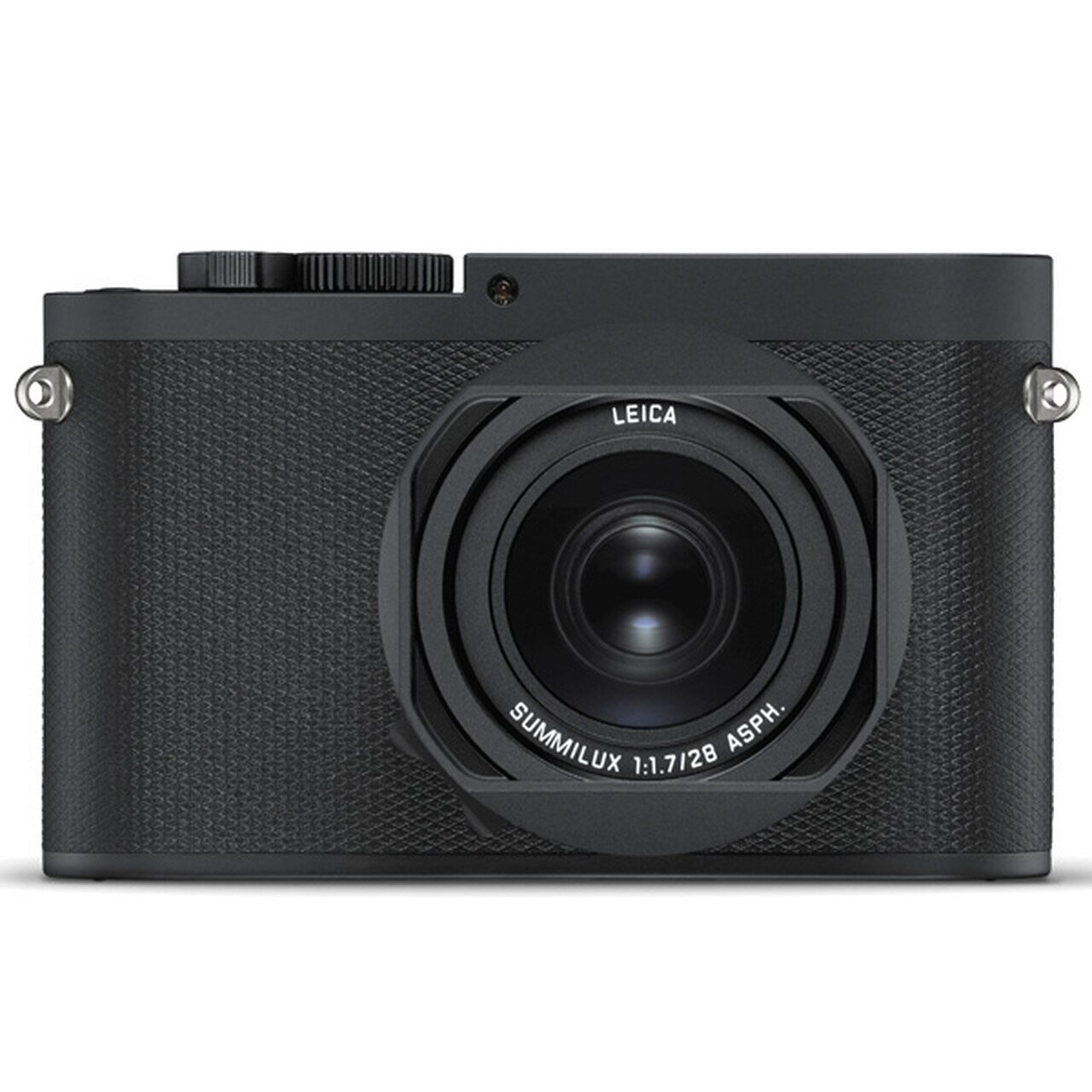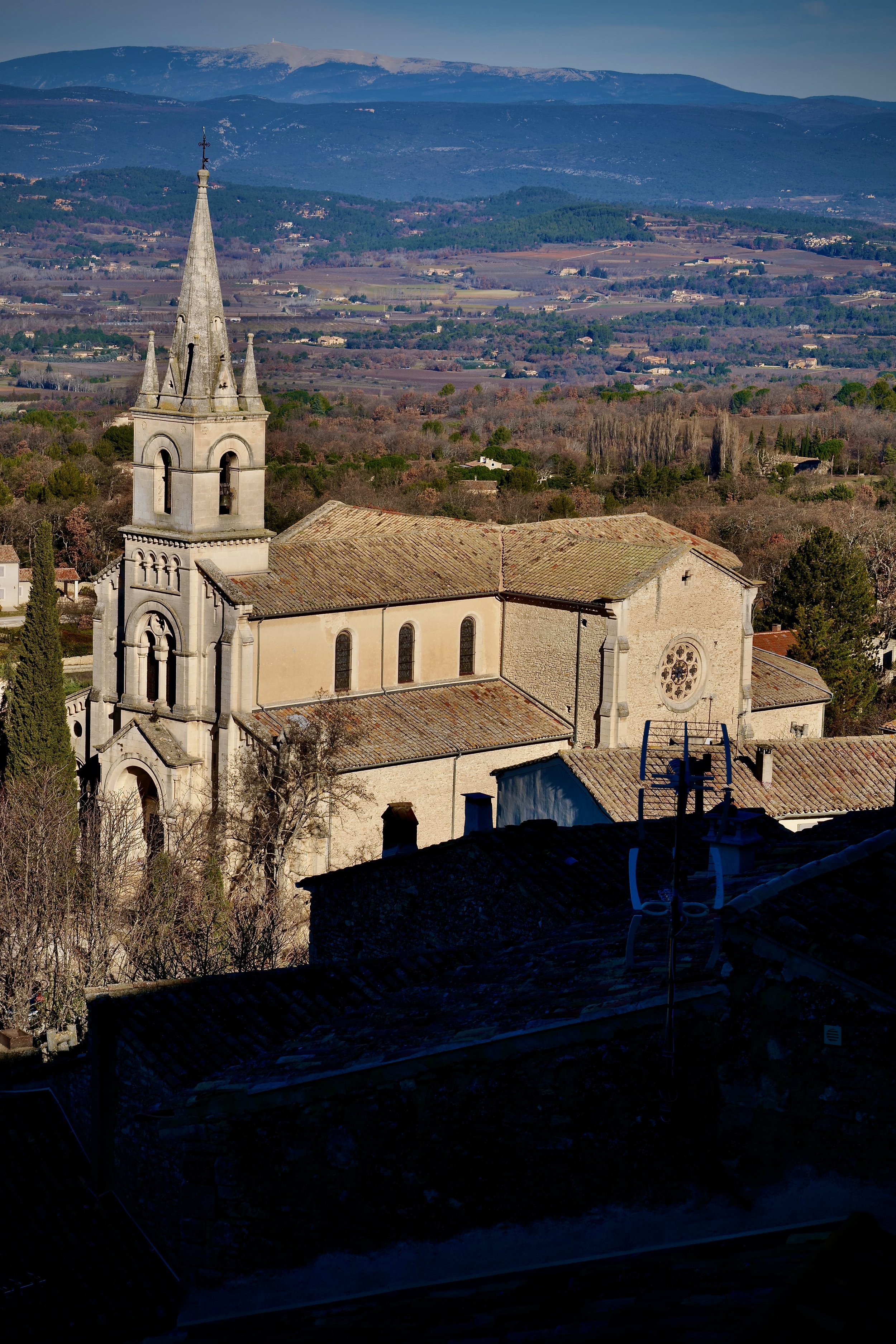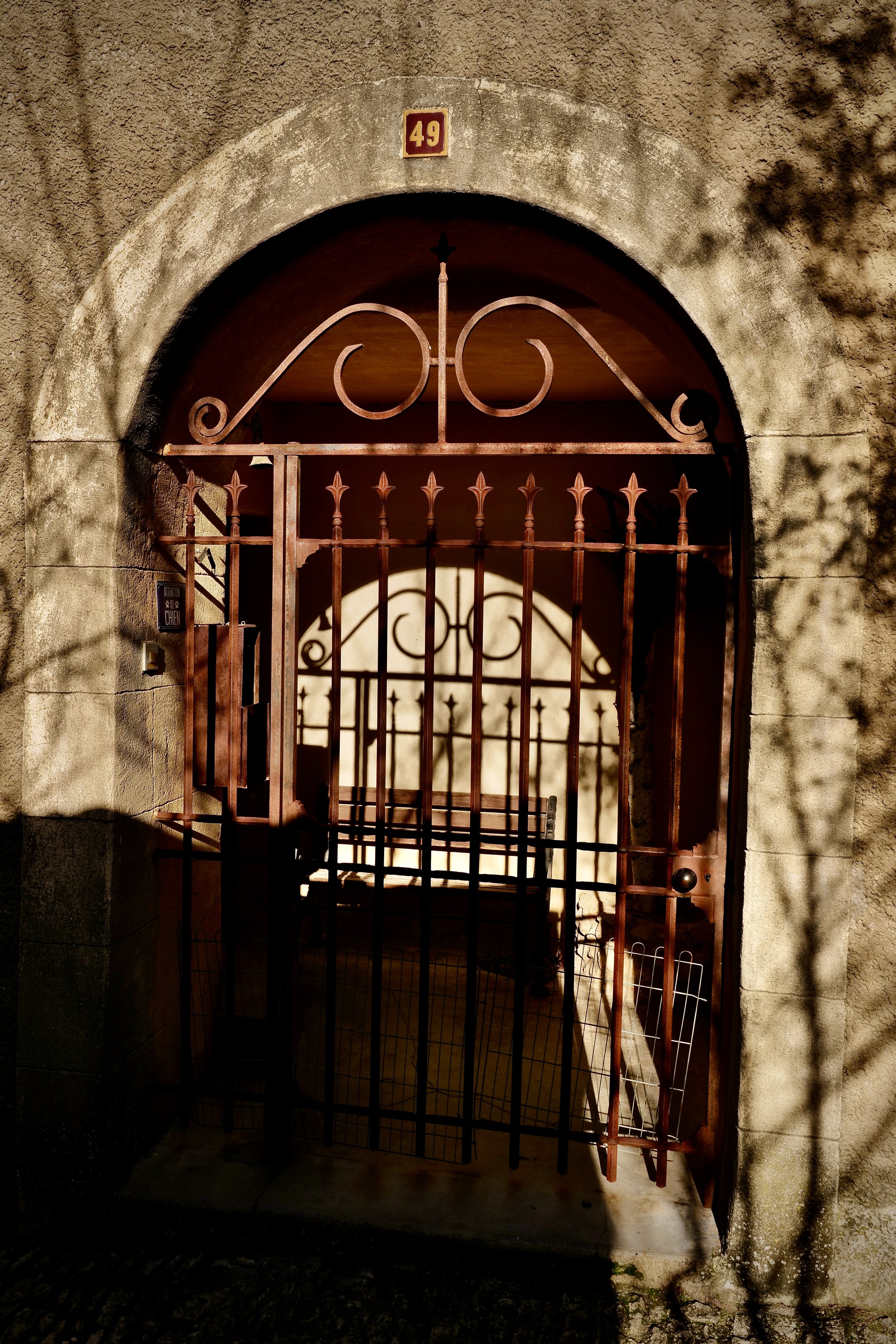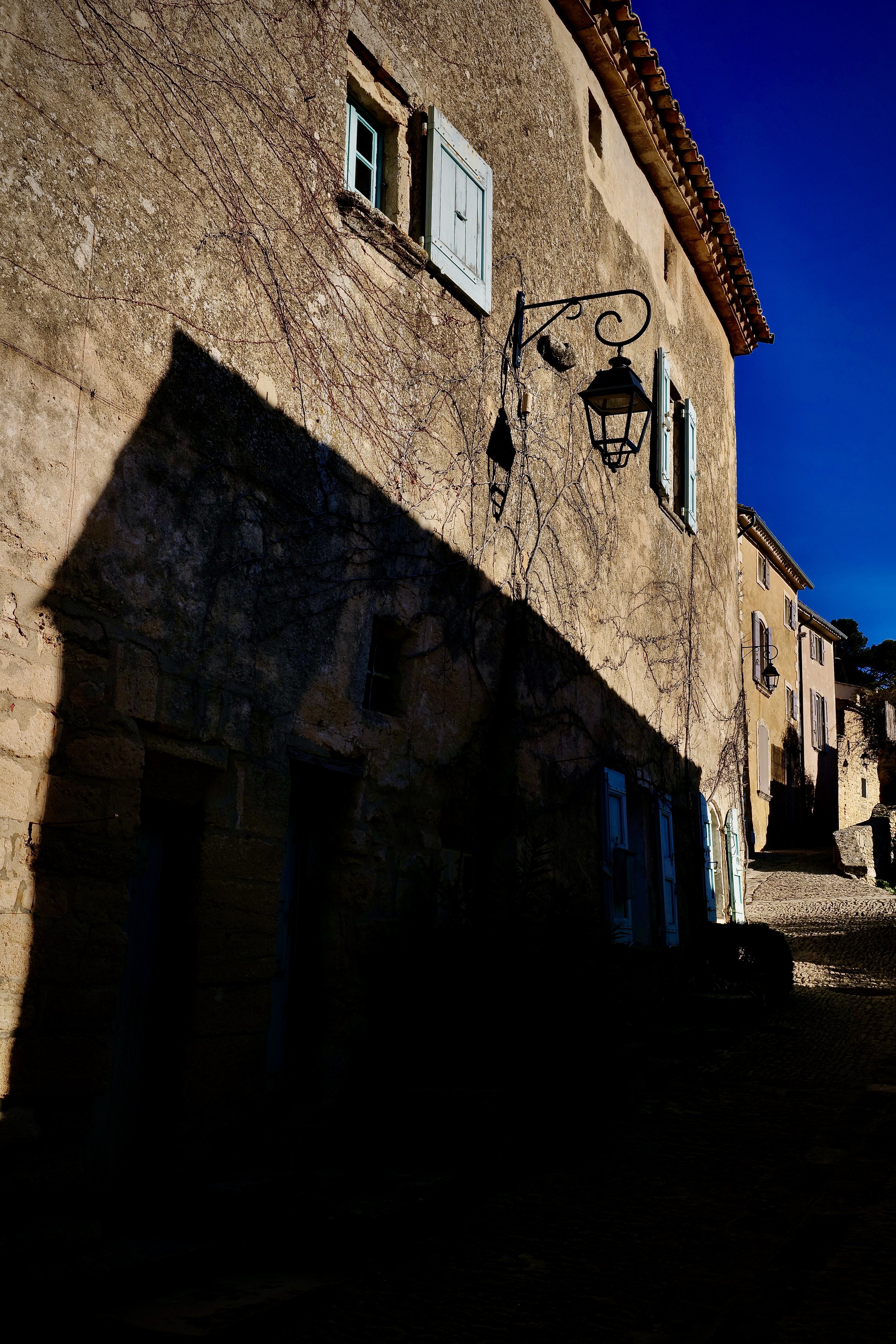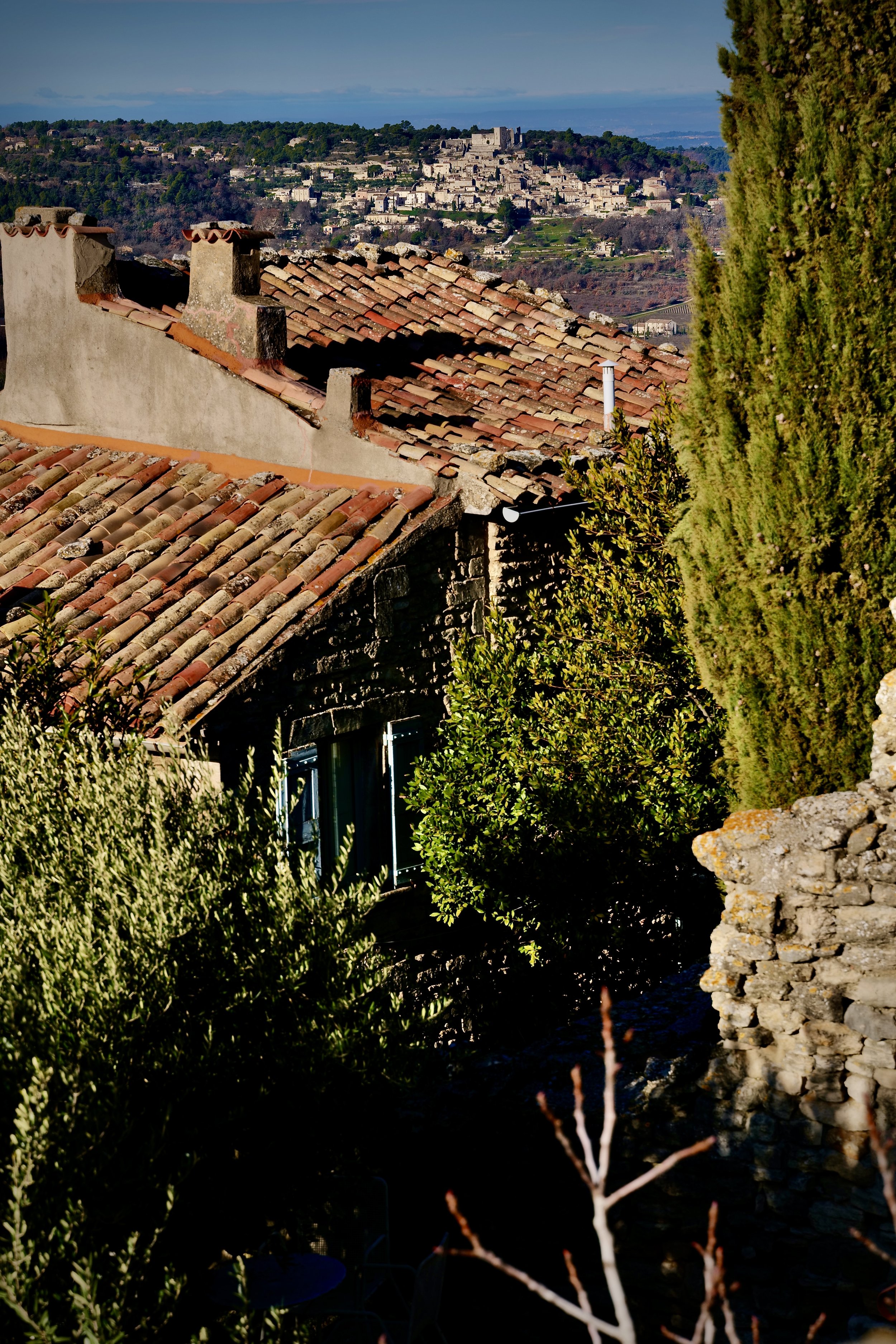SIX MONTHS A YEAR STARTS NOW!
Bonnieux, my adopted home away from home. If you have never heard of it, don't fret – neither had I, until a twist of fate and a slightly misguided sense of adventure (or was it a mid-life crisis?) landed me here. This hilltop Provençal village that seems to have been designed by a particularly nostalgic set of gods with a penchant for puzzles and steep inclines.
You see, Bonnieux isn't just a village; it's a full-blown aerobic workout. I've lost more weight walking to the bakery here than I ever have in a gym at home. The place is perched – and I use that term with the total weight of its gravity-defying implications – on a craggy hill in the Luberon, offering views that stretch endlessly until they bump into some other quaint village or an olive grove that's been around since Julius Caesar was in short pants.
The history? Oh, it's rich. Bonnieux was a big deal when the Popes were in Avignon, probably because they needed a scenic retreat from all that divine responsibility. The old church at the top of the village is so ancient that I half expect to bump into Crusaders or Knights Templar comparing GPS coordinates. And let's not forget the Roman bridges and roads. The Romans, those eternal show-offs, left behind the Pont Julien – a bridge still standing after two thousand years. I'm convinced it’s due to sheer stubbornness.
Fast forward a few centuries, and Bonnieux, like every self-respecting medieval French village, got itself embroiled in the religious wars. Catholics and Protestants squabbling over God's fine print led to some rather spirited town meetings, I imagine. This historical mishmash has given the village an architectural diversity that's an absolute nightmare for anyone trying to pick a coherent colour scheme for their window shutters.
Then came the agricultural revolution, with cherries and olives becoming the stars of the show. The terraced landscapes here are a testament to what you can achieve with a bit of land, many stones, and a complete disregard for your back’s well-being.
The 20th century saw Bonnieux, like a retired movie star, fade a bit into the background. But then, as if in a plot twist, it found itself rediscovered, like an old vinyl record in a hipster's hemp shoulder bag from a “vintage shop.” Artists and writers, presumably tired of Parisian traffic and existential angst, decided Bonnieux was the place to be. Cue the restoration of historic buildings and the revival of those agricultural traditions, now considered quaint.
Today, as a part-time resident and full-time observer, I watch with amusement and a touch of pride as Bonnieux parades its history with the casual elegance of a catwalk model. The streets here don't just wind; they meander with purpose as if to tell you, "Slow down, you're missing the point."
Culturally, the village is a kaleidoscope. It's inspired more paintings and books than a village this size rightfully should. Walking through its lanes, you half expect to stumble upon an art easel at every corner or a writer musing under every tree.
So, why Bonnieux? Why did I, an admittedly eccentric apprentice writer who loves the quirky and the absurd, choose to plant roots here? It's simple. Bonnieux isn't just a place; it's a character in its own right, with a story that keeps unfolding in the most unpredictable ways. It's the kind of place where history isn't just remembered; it's lived in, laughed in, and occasionally tripped over.
In conclusion, come to Bonnieux if you're ever in Provence, looking for a village that combines breathtaking views with a workout regime fit for a Roman legionnaire. Just remember to bring good shoes and a sense of humour. You'll need both.
Don’t get any bright ideas and decide upon arrival that this place would also suit you down to the ground. Don’t let me catch you entering one of the three local real estate agents. I moved here to escape you, so find your own village. No hurry, sit; I can still pour you a glass of Rosè while you study your map!
As always, please leave your thoughts or any comments below. I do look forward to hearing from you.
Live well!
M.
All images were captured with the Leica SL2-S camera and 24-90mm lens.

